Tempo-iMSC™
Human iPSC-derived Mesenchymal Stem Cells
Tempo-iMSC™
Human iPSC-derived Mesenchymal Stem Cells
Mesenchymal stem cells (“MSCs”) are non-haematopoietic, multipotent stromal stem cells that can differentiate into a variety of cell types, including: osteoblasts, chondrocytes, myocytes, and adipocytes. Tempo-iMSCTM are human iPSC-derived mesenchymal stem cells. Tempo-iMSCTM express cell surface markers such as CD73, CD90, CD166, and CD105, in addition to Oct4 and Nanog. This expression profile is predictive of the long-term proliferative capacity of cultured human MSCs (see reference: here). MSCs have immunomodulatory features, secrete cytokines and immune-receptors which regulate the microenvironment in the host tissue and they have multi-lineage potentials for a variety of cell types. MSCs can be used in a variety of screening applications, from screening biologics and small molecules to siRNAs. Due to MSCs’ ability to self-renew (= growth without differentiation), they are easily scalable for running large-scale assays.
NEW! For scientists working on exosomes, please email us for conditional media for exosome extractions and biomarker validations.
NEW! For scientists working on CD34+ HSCs, please email us regarding Tempo-iHSCTM (SKU214; Custom Requests Only).
Applications
Tempo-iMSC™ are intended for basic scientific research, drug discovery and therapeutics development use only. It is not a product for human testing or diagnostics.
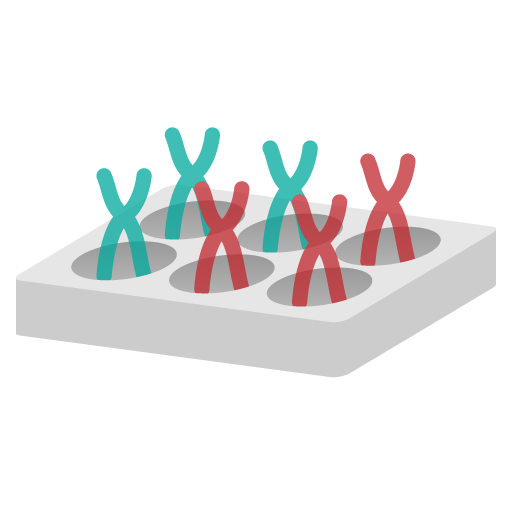
Phenotypic Assays

High Content Imaging
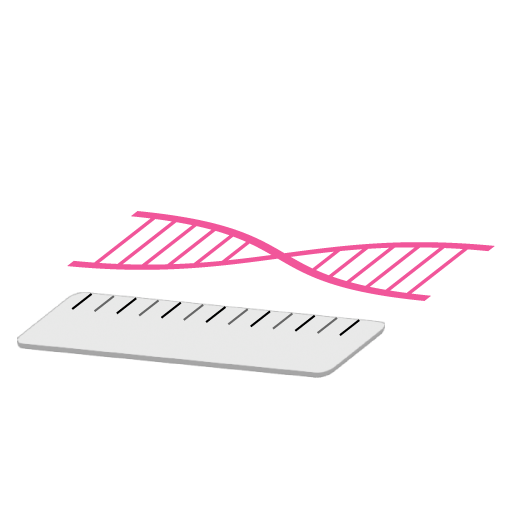
Biomarker Discovery
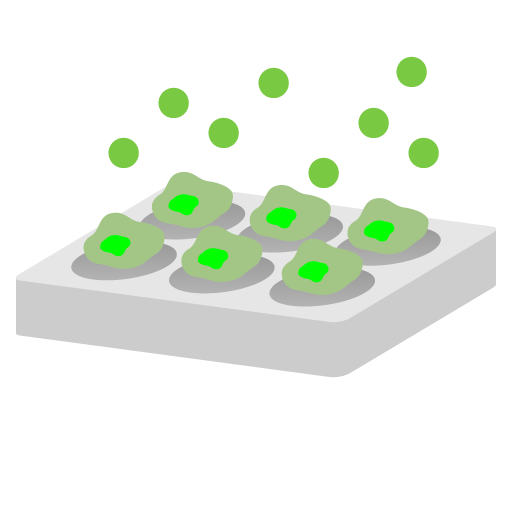
Cytotoxicity Assays
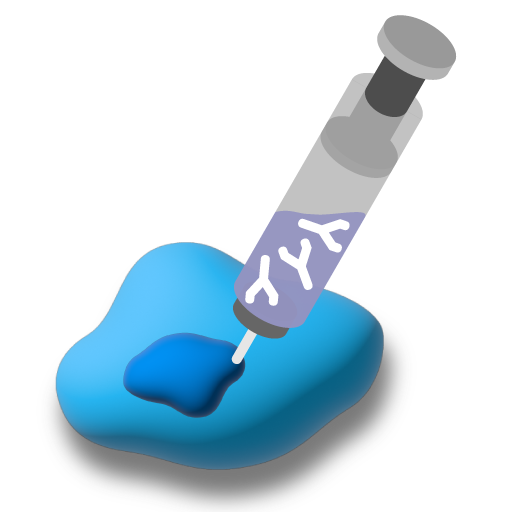
Target Validation
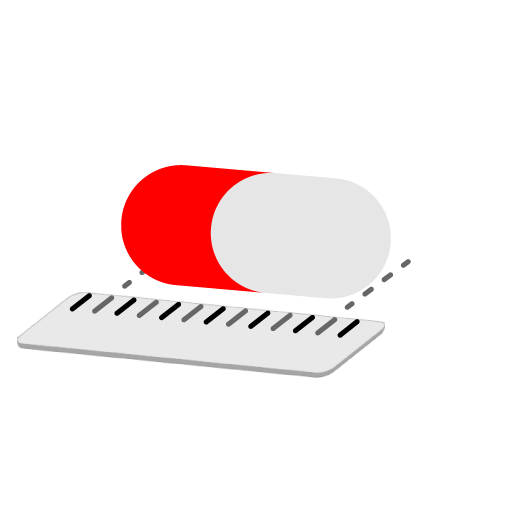
Lead Optimization

Investigative Toxicology

Nonclinical Efficacy Evalutions
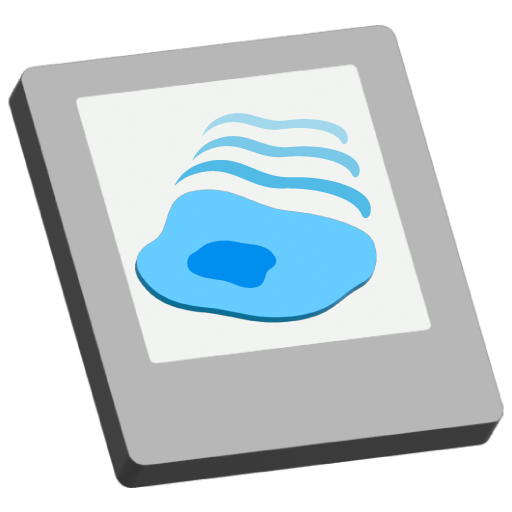
Live-cell Imaging
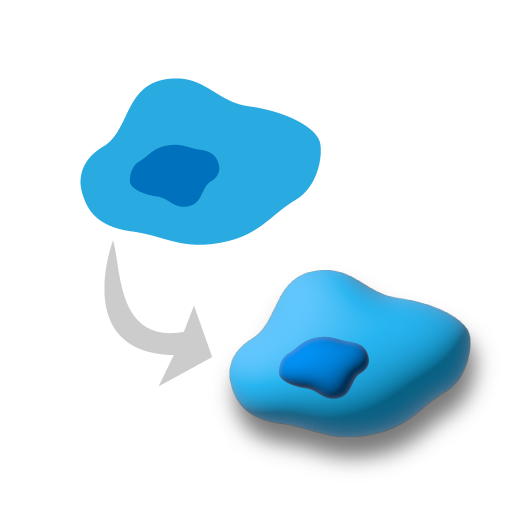
2D & 3D Cell Culture
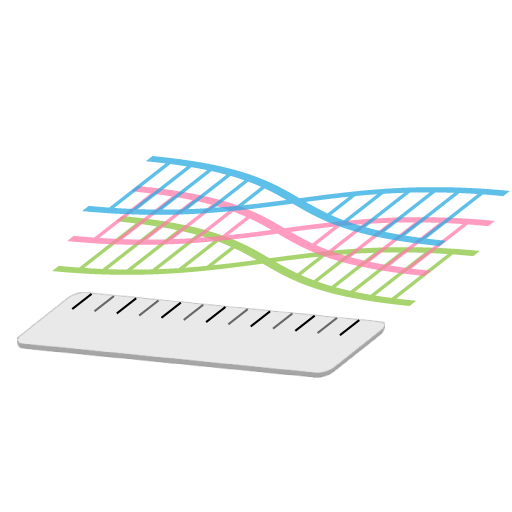
Biomarker Authentication
Specifications
>0.5×10^6 cells per 1ml of freezing medium (vial)
Long-term Storage: liquid nitrogen
Growth Properties: adherent monolayer
Storage: remove cryovials (dry ice packaging) and place the vial into liquid nitrogen for storage. Alternatively, thaw and use the cells immediately.
Technology used: in-house developed proprietary serum-free, virus-free, nucleic-acids-free, feeder-free, and integration-free technology.
Starting Materials: human dermal/fibroblast cells
QC: Sterility, Safety (BioSafety Level 2), HIV/viruses, bacteria, fungi: negative. Cell viability post-thawing (>90%)
Tempo-iMSC™ SKU209
Resources
Explore Further: More on Human Podocytes and Proximal Tubules
In a previous Cell of The Month article, we explored the biology of the kidney. We highlighted the structure and function of the glomerulus podocytes and proximal tubules; these are specialized cell types found in the nephron, which is the kidney’s...
iPSC Culture: What Every Researcher Needs to Know
Induced pluripotent stem cells (iPSCs) have become a mainstay in disease modeling and drug development, offering almost unlimited opportunities to study human biology in the lab. However, working with these cells can present hurdles that catch even...
Cell of the Month – Kupffer Cells
Welcome back to our Cell of the Month series! This time, we are talking about Kupffer cells - what they are, what they do, and why we should want to learn more about them! Kupffer cells - the gatekeepers of the liver First described by German...



